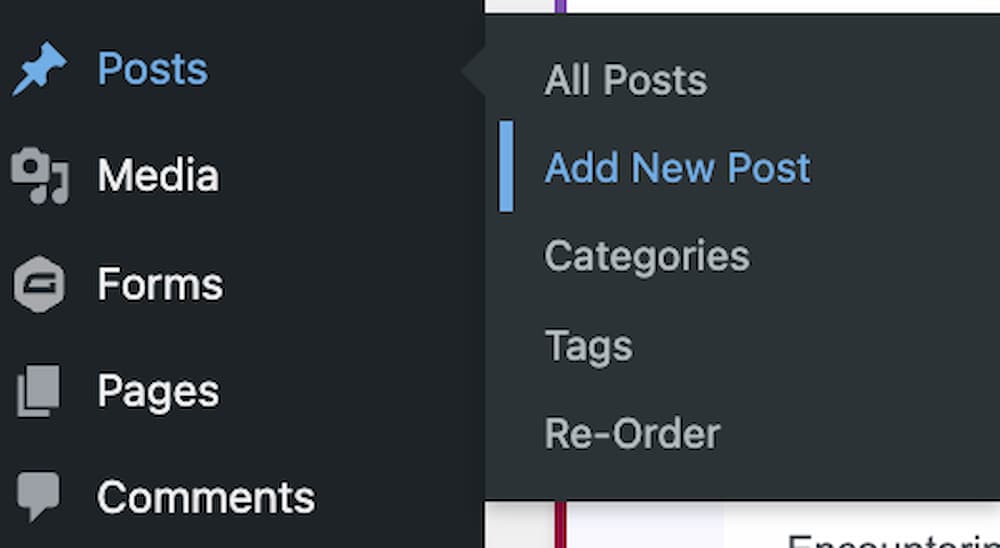Google updates its algorithm thousands of times per year with minor effects on the overall ranking of your website. When core updates happen, that’s when larger shakeups happen. Google announced a core update to start on March 15, 2023, and be complete on March 28, 2023. This article will review the impact of previous core updates, what you can expect with the new one, and some ways to monitor how this core update will affect your current ranking pages.
The lasting impact of the March 2023 update
Marketers and SEO experts do not know the lasting impact of this update yet. We do know that Google is emphasizing a focus on content quality. This means potentially improving the rank of content that follows their E-A-T and YMYL guidelines. Sites not as stringent to these guidelines will likely experience a ranking drop.
How Google assesses content overall is compared to a top movie ratings list. You can find a list of the top 100 movies each year, but as time goes on, this list is adjusted based on different factors – viewer impact, reviews, or continued relevancy, to name a few. These same factors apply to websites. Google states, “the changes are about improving how our systems assess content overall. These changes may cause some pages that were previously under-rewarded to do better in search results.”



